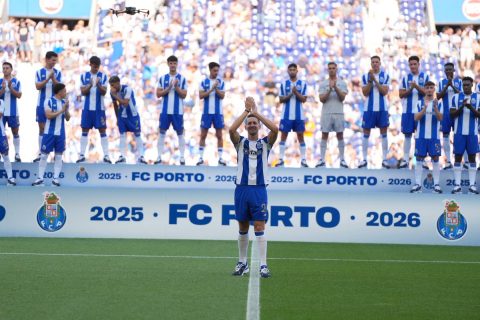In the high-octane world of Formula 1, mechanics are the unsung heroes tasked with a daunting challenge ahead of each Grand Prix qualifying session. This crucial period requires them to meticulously strip down two cars after every FP3 session or sprint race and reassemble them, all while making the necessary adjustments requested by their drivers and engineers. The entire process, remarkably, must be completed within just 150 minutes during a typical non-sprint weekend.
The Pressure on F1 Mechanics
Leading the charge is a figure like Matt Thompson, number one mechanic for Nico Hülkenberg at Haas. In his words, “It’s one of the most important things we do.” This statement underscores the critical nature of their task, where any error could cost a team valuable qualifying positions or even compromise race day performance.
Balancing Precision and Speed
Efficiency is paramount, and every minute counts as mechanics work tirelessly to ensure the cars are in peak condition. This involves not only routine checks but also integrating final setup modifications or addressing any damage incurred during practice sessions.
A Behind-the-Scenes Look
To give you an insight, the process begins the moment the cars return from FP3. Mechanics immediately dismantle them to assess every component. This includes everything from the power unit to aerodynamics and suspension. Each part is scrutinised for wear or damage, with decisions on replacements needing to be made rapidly.
Once the inspections and necessary repairs are complete, the reassembly phase kicks in, where precision meets speed. Every bolt and nut must be perfectly tightened, every system double-checked to ensure optimal performance. It’s a symphony of expertise unfolding in the garage.
Incorporating Driver Feedback
Driver input is crucial. After FP3, drivers provide feedback on how their cars are handling and what adjustments might be needed. Whether it’s tweaking suspension for better cornering or adjusting aerodynamics for increased speed, these changes are vital for qualifying success.
The Stakes and Expectations
Failure is not an option in this pressured environment. Any oversight can have significant repercussions, upsetting the hard-fought balance between speed and reliability. Thus, mechanics must ensure that every detail aligns perfectly with the driver and engineer’s strategies.
Insight from the Pit Lane
As the countdown ticks, the atmosphere in the pit lane is electric. “The teamwork and collaboration we have in these moments are incredible,” Matt Thompson shares. It’s a testament to their dedication, echoing through each decision, movement, and adjustment.
Moving Forward Into Qualifying
As the 150 minutes draw to a close, cars are rolled out geared up for the intense world of F1 qualifying. This timeframe not only poses a practical challenge but also simulates the high-pressure conditions of race day, preparing teams for any eventuality.
Preparing for Future Grand Prix Challenges
With each race, mechanics build on their experiences, continually improving under immense pressure. Their ability to adapt swiftly ensures they remain the backbone of every successful F1 team.
In conclusion, the 150-minute test mechanics face isn’t just a prelude to qualifying but a showcase of engineering brilliance and teamwork, ensuring that drivers have the best machinery as they push the limits on track.









